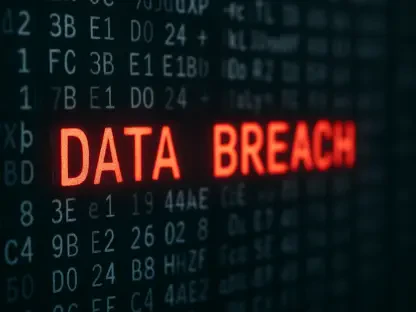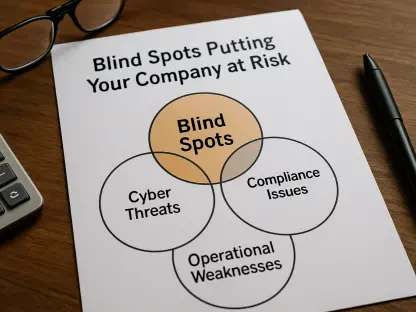Over recent years, cyber espionage has increasingly focused on Windows systems, with sophisticated tools threatening organizations’ capabilities to safeguard sensitive data. An alarming trend reveals that cyber tools initially targeting other operating systems are now evolving to exploit Windows environments. This rise of cyber espionage tools, particularly those driven by state-backed actors, signifies a critical challenge for the global cybersecurity landscape.
The expansion of cyber espionage tools to Windows systems highlights how adaptive and persistent cyber threats have become. As businesses globally rely predominantly on Windows environments, securing these systems is paramount. This article delves into the growing trend of cyber espionage tools targeting Windows, presenting data, real-world applications, expert analyses, and future outlooks.
Rise of Cyber Espionage Tools on Windows
Growing Trend and Statistics
Statistics show a notable increase in the use of cyber espionage tools aimed at Windows environments. According to recent reports, there has been a 30% rise in such incidents in the past two years. The European cybersecurity company NVISO reported that the Chinese-backed malware, BRICKSTORM, originally targeted Linux systems but has been adapted to target Windows systems since at least 2022, confirming this trend’s growth.
Adoption statistics further illustrate this trend’s traction. BRICKSTORM’s Windows version is particularly notable for its use of file management and network tunneling features, essential for navigating and infiltrating target systems. These developments underline the increasing sophistication and adoption of these tools among cyber espionage actors.
Real-world Applications and Examples
Real-world scenarios underscore the significant impact of these tools. For instance, BRICKSTORM has been used to compromise various European businesses by exploiting network protocols such as RDP and SMB, utilizing valid credentials to evade typical security measures. This approach allows for lateral movement within the network, making the malware particularly insidious.
Notable cases have shown the use of serverless providers like Cloudflare and Heroku for command-and-control operations, aiming to obfuscate infrastructure. Such examples demonstrate how these tools push the boundaries of traditional cyber defenses, necessitating advanced strategies for detection and prevention.
Expert Insights and Analyses
Leading industry experts emphasize the growing risks posed by such adaptive cyber espionage tools. Renowned cybersecurity professionals highlight that the basic functionality of BRICKSTORM belies its effectiveness in evading detection and maintaining persistence within targeted systems. This requires continuous monitoring for unusual activity and adapting security measures accordingly.
Experts also point out the challenges faced by organizations in defending against these threats, including the need for robust security monitoring and proactive threat hunting. These insights underline the importance of understanding and mitigating the risks associated with sophisticated cyber espionage tools targeting Windows environments.
Future Outlook of Cyber Espionage Tools
Looking forward, the evolution of cyber espionage tools targeting Windows systems is likely to continue. Potential developments may include enhanced evasion techniques, greater use of advanced obfuscation methods, and integration with other malicious software to increase effectiveness. This trend presents both opportunities and challenges for cybersecurity professionals across industries.
While the deployment of such tools may lead to significant advancements in counter-espionage measures, it also poses heightened risks. There is a need for continuous innovation in cybersecurity practices to combat these evolving threats. Proactive defenses, regular updates, and rigorous security training will be crucial in mitigating potential negative outcomes. Conversely, positive developments may include improved industry-wide collaboration and the development of more resilient cybersecurity frameworks.
Conclusion
The analysis highlighted the growing trend of cyber espionage tools targeting Windows environments, emphasizing the evolution and impact of threats like BRICKSTORM. It is evident that organizations must enhance their security measures, maintain robust monitoring systems, and stay vigilant to counter these adaptive cyber threats. Moving forward, a blend of proactive defense strategies and continued innovation in cybersecurity will be essential in protecting sensitive data and maintaining secure digital infrastructures.









